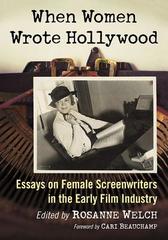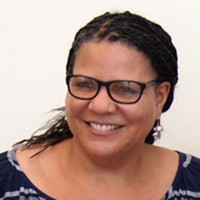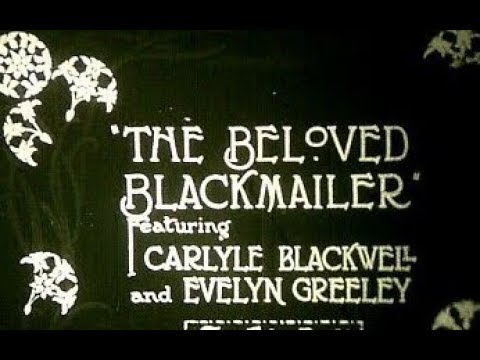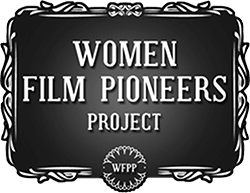As one of the sponsors of the Reel Sisters of the Diaspora Film Festival the Stephens College MFA in TV and Screenwriting was pleased to host a live panel at their 2020 virtual film festival discussing the 10 minute short Joe and the Shawl.
Described as the story of “an adorable tow truck driver who really digs Kelli, a fellow North Carolinian, when he meets her as he changes her dead car battery. But Joe’s interest takes a sharp right turn when he learns that Kelli is a Muslim” the film raised questions of identity, representation and religious freedom.
For the panel, Executive Director Rosanne Welch and mentor/instructor Dawn Comer Jefferson provided a breakdown of the script followed by moderating questions from the audience. Guests included Nicole Ballivian (writer-director), Deonna Kelli Sayed, from whose blog post the script was adapted, and actors Jill Galbraith and Travis Lincoln Cox. — Rosanne
Reel Sisters & Stephens College Host Script Analysis for Joe & The Shawl from African Voices/Reel Sisters on Vimeo.
![Reel Sisters Virtual Film Festival and Lecture Series 2020 – Dr. Rosanne Welch and Dawn Comer Jefferson Analyze The Script, Joe & The Shawl [Video] (1 hour 42 minutes)](https://rosannewelch.com/wp-content/uploads/2020/11/reel-sisters-2020.png)














